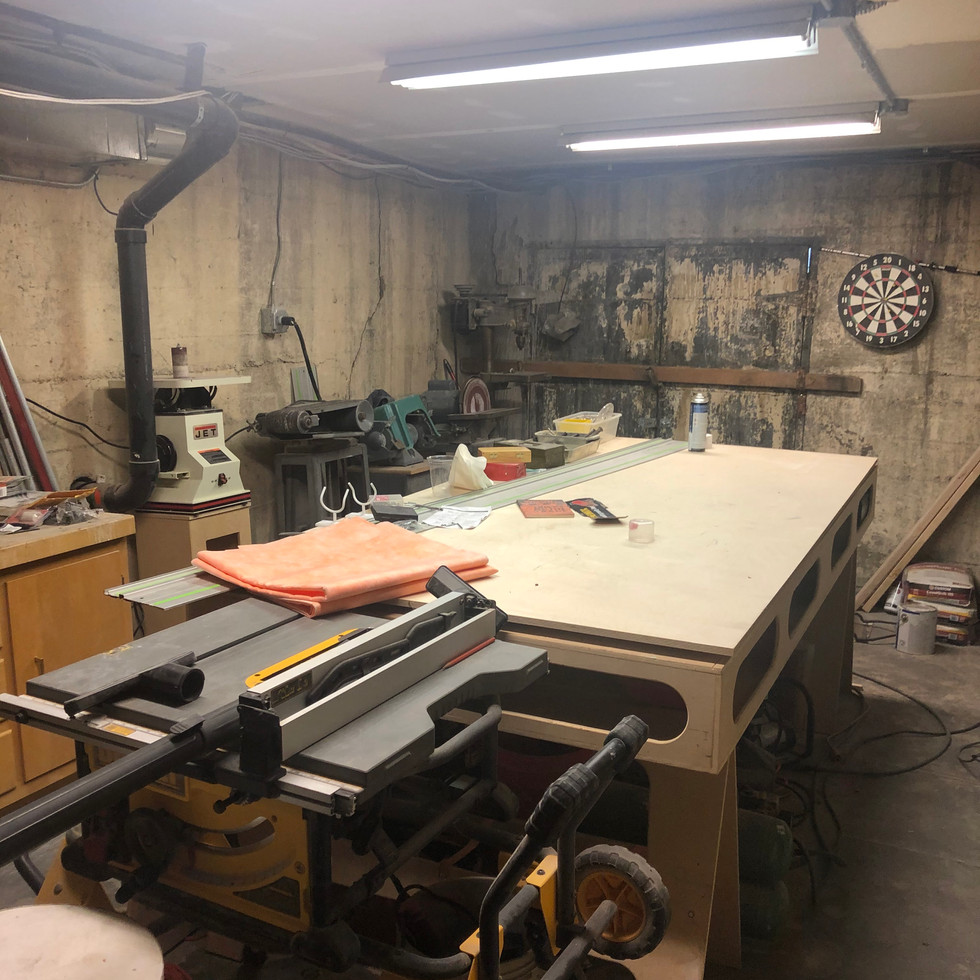Week 2. Salt Lake City moments
- Kseniya V.

- Feb 4, 2020
- 4 min read

Last week was overloaded with new information, emotions, and impressions. I was just as concerned about my memory capacity as I had been a week before. I knew a lot was coming since I was going to a big conference for the Fulbright program participants in Salt Lake City. I really wanted to learn as much new information as I could and have as many insightful takeaways as possible. I tried to note down everything I heard but realized it had no use without finding ways to help eventually grind all the new information into the long-term memory. Thinking about my previous post about trying out using flash cards for memorizing, the strategy definitely requires a few important additions:
Making flash cards is not enough as "things you've learned that way tend to be on only one shelf" (Dirksen, 2016). It means there is only one way to access this information as opposed to creating multiple associations in order to have multiple ways to retrieve it when necessary.
In order to increase a chance of moving this information into one's long-term memory, one can apply in-context learning, e.g. revise the cards in different contexts (in a library, coffee shop, or plane).
According to the principles of cognitivism, flash cards can be color coded as it creates a sense of sequencing and chunking information.
I will test this strategy during this upcoming week and decide if those iterations are worth implementing.
I can also relate a lot to Barbara Oakley's story and think that her findings about memory and learning strategies are extremely interesting and even crucial for instructional designers and educators. For this reason, I will keep this video here in order to remember changing focus and diffuse modes myself...

Time to move on to my favorite part of this entry - the gratitude part. The Fulbright seminar happened to overlap with the Tech Summit in Silicon Slopes and some of the presenters were also keynote speakers for the Fulbright seminar as well. Despite the fact that everyone was exhausted after long travels and layovers, this speech surprised and inspired us for a lifetime. As one of the Fulbrighters said, this is Young Gandalf the Grey - Damien Patton, the CEO and founder of Banjo - the AI company that was created to save people's lives and ensure better future for the world. His story is incredibly inspirational. Damien grew up being homeless and lived under a bridge. However, it did not stop him from aspiring the goal of having a better life. He became a Navy military man who served in Desert Storm, worked as NASCAR chief mechanic, and worked as a criminal investigator. Having acquired this experience, he created a one-of-a-kind AI company that is capable of performing two quadrillion-plus calculations on the "hundreds of thousands of geo-tagged mobile posts" flooding in each minute: It simultaneously does linguistic and topic analysis, geo-data analysis, and photo and video classification, as well as some 30,000 other sorts of computation. This allows Banjo to help find victims of kidnapping, solve crimes, stop sex trafficking, and prevent acts of terrorism form happening.
I am so grateful for hearing this story and learning about the person who prioritizes ethics over money.
Quote of the day, "You cannot be ordinary to do extraordinary things". (Damien Patton)
Frankly speaking, my experience at the seminar would never be this exciting if it were not for Dr. Farah, the incredibly talented professor of practice at Lehigh University! I will be eternally grateful for having the opportunity to be one of her students. One of the seminar's highlights was choosing a company for a visit. I opted for Enlisted Design as I took Design Thinking course with Dr. Farah. I am grateful beyond measure for this chance to see how designers work in real life and be able to understand their stories since the course I took equipped me with the knowledge and skills that made it all possible. Seeing the "basement" where designers "play" while creating prototypes and learning about the design practices from the CEO of the company, Beau Oyler, made me feel beyond happy and grateful to Professor Farah!
Key takeaways:
Even if you create a genius code, there is a great chance no one will ever know about it. It takes designing a product around the technology that is created.
Diversity is a driving force for innovation.
Always ask the question about what your product does NOT do to understand the limitations.
Always keep in mind how you understand the cause and create an actionable plan to make an impact.Focus on the right things for the right reasons.
Be like a sponge. Watch others do what they are doing and think about how you can apply it.

I am also grateful for meeting so many incredibly talented individuals who became my friends and inspiration. It has been such a pleasure to learn from and with you, share those precious moments of realizing that the work we are doing does make a difference.
Last week will stay with me forever!

























Comments